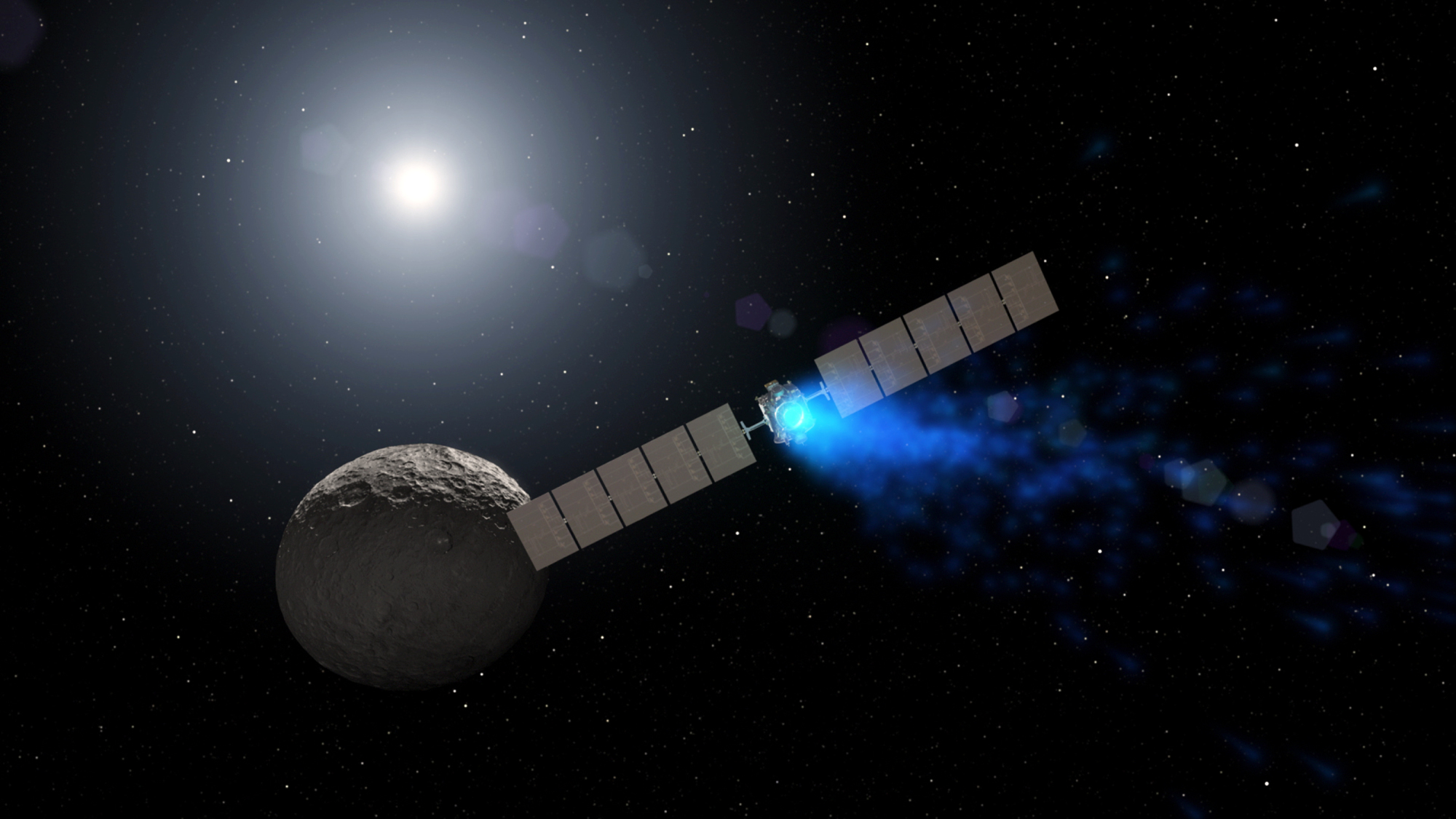The dwarf planet Ceres, an enigmatic rocky body inhabiting the main asteroid belt between Mars and Jupiter, is rich with ice just beneath its dark surface, scientists said on Thursday in research that may shed light on the early history of the solar system.
The discovery, reported in a pair of studies published in the journals Science and Nature Astronomy, could bolster fledgling commercial endeavors to mine asteroids for water and other resources for robotic and eventual human expeditions beyond the moon.
NASA's Dawn spacecraft has been orbiting Ceres, the largest of thousands of rocky bodies located in the main asteroid belt, since March 2015 following 14-month study of Vesta, the second-largest object in the asteroid belt.


















With your current subscription plan you can comment on stories. However, before writing your first comment, please create a display name in the Profile section of your subscriber account page.